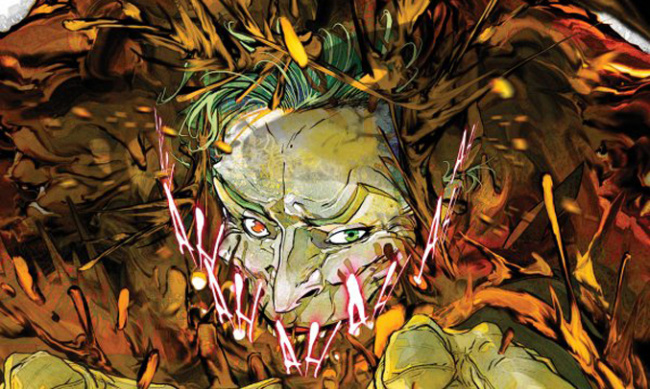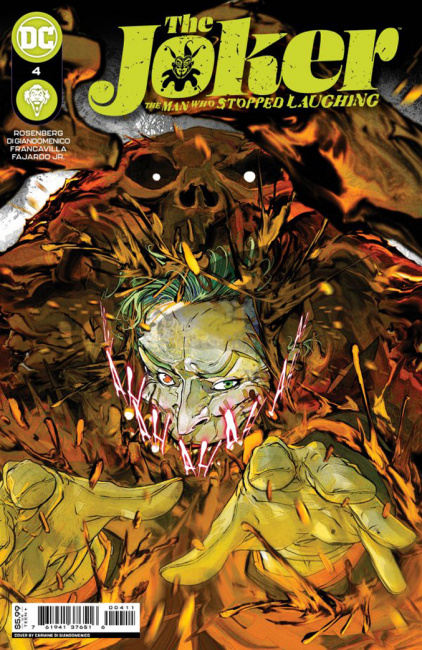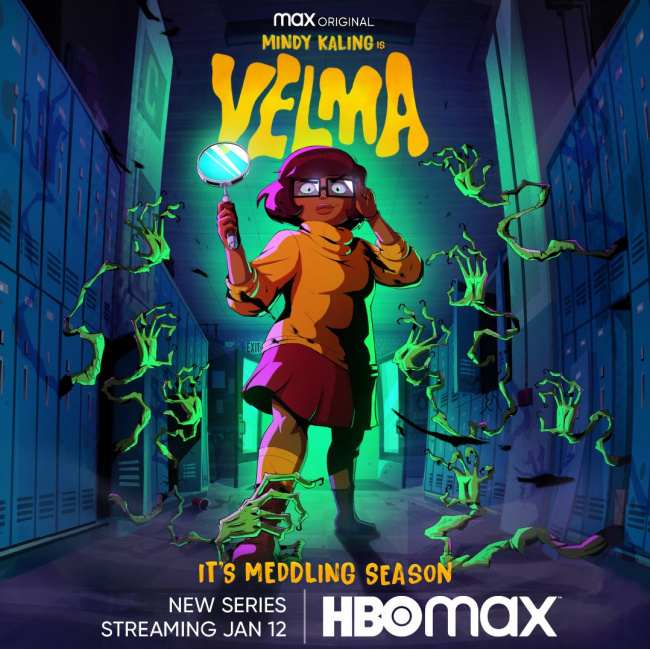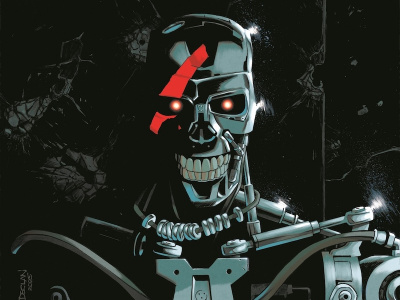Confessions of a Comic Book Guy is a weekly column by Steve Bennett of Super-Fly Comics and Games in Yellow Springs, Ohio. This week, Bennett talks about a pregnant Joker and HBO Max's Velma.
I’ve been confessing things here at ICv2 since 2005, and all too frequently, I’ve used the phrase that “I’m always looking for something I’ve never seen before.” But that still didn’t prepare me for the moment when I would have to write the words “pregnant Joker.” For those who missed it, in Joker: The Man Who Stopped Laughing #4 there’s a backup story titled "Knocked Upside Down,” written by Matthew Rosenberg and drawn by Francesco Francavilla, in it thanks to a spell by Zatanna, The Joker ends up visibly pregnant and later “gives birth” by throwing up a mass of clay who becomes his “son.”
Rosenberg has called the story “his tribute to the Silver Age of comics” where “anything can, and frequently does, happen,” but others have “misinterpreted the goofy story as some kind of social justice-infused commentary on trans men giving birth." It’s been called “sick,” “grotesque,” and “disgusting” while influencer Nick Adams has called “for a Complete & Total BOYCOTT of The Joker until further notice;” not DC Comics (which the New York Post calls “the graphic novel company”; so much for comics, I guess) or Warner Bros, but The Joker, a fictional character.
I neither particularly approve nor disapprove of this story, but as an increasingly old fan, I have to confess I was personally repulsed by images of a pregnant Joker. But then, back when I was a lad I would have found the idea of The Joker having an actual girlfriend would have been pretty repulsive too.
Then there’s Velma, which I’m sure most of you are already aware is a HBO Max adult animated mystery comedy that spins the Velma Dinkley character off from the Scooby-Doo franchise. It’s meant to be an “alternate universe origin for Mystery Inc.” demonstrated primarily by race swapping; Velma is voiced by series producer Mindy Kelling (The Office, The Mindy Project) so naturally, in this version, Velma is also East Asian. Daphne is Asian, and Shaggy, who here goes by his actual first name of Norville, is black.
Fred remains white, primarily so he may be used as the butt of cheap “clueless white guy” jokes, and Scooby-Doo is missing in action, a combination of the producer's belief that it was specifically the talking dog that made the series a kid’s show, and Warner Bros. Animation not allowing them to use the dog. This is understandable, given that the first few minutes of the first episode included copulating cockroaches, an extended shower scene featuring 15-year old girls, and an oozing brainless corpse. That sort of association could be bad for the brand.
It’s gotten surprisingly middling reviews online, but it’s been almost universally savaged by YouTube commentators who have been relentless in their attacks; ordinarily, one hysterically bad review would be plenty, but most of the usual suspect squad of content creators have come after the show day after day. In spite of this, and the fact that it has a 50 positive rating and a 9 percent fan score on Rotten Tomatoes, Velma is also HBO Max’s “most-watched animated series debut even after its first two episodes premiered on the platform on January 12.”
Though it isn’t me, someone is clearly watching it; Velma has already been renewed for a second season. It makes me wonder, given the success of the Harley Quinn: The Animated Series comics, if we’ll soon be seeing a Velma comic from DC Comics. But if you’ll excuse me, I still have to go read my copy of The Batman and Scooby-Doo Mysteries #4.
The opinions expressed in this column are solely those of the writer, and do not necessarily reflect the views of the editorial staff of ICv2.com.

Column by Steve Bennett
Posted by Steve Bennett on January 18, 2023 @ 4:28 pm CT
MORE COMICS
Marvel Art Books from Three Publishers
July 30, 2025
Three different publishers are offering Marvel-themed art books in coming months.
'Time Before Time' Co-Writers Reunite for New Series
July 30, 2025
McConville and Shalvey, who co-wrote the time-travel mystery Time Before Time, join forces for the next arc of The Terminator.
MORE COLUMNS
Column by Scott Thorne
July 28, 2025
This week, columnist Scott Thorne comments on the Edge of Eternities prerelease and on Magic: The Gathering news from the Hasbro earnings report.
Column by Rob Salkowitz
July 21, 2025
Columnist Rob Salkowitz lays out the Comic-Con panels of interest to industry professionals, current and aspiring creatives, educators, librarians and retailers.










